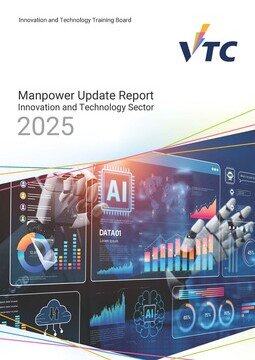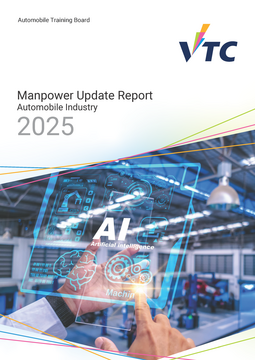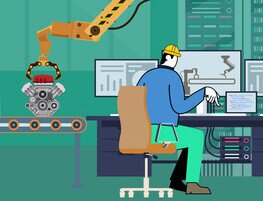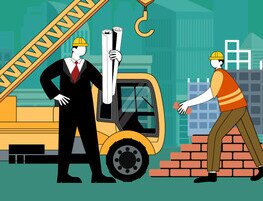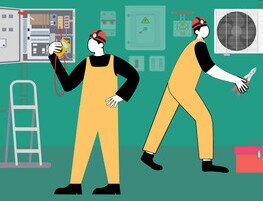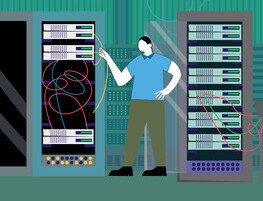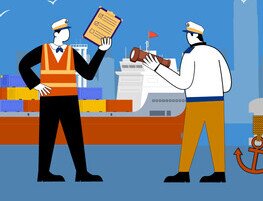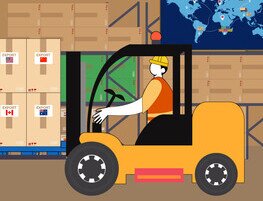Recommendation
Training Needs
1st
Workplace Safety and Health (WSH) Management
2nd
Construction Methods
3rd
Project Management
- Promoting the use of new technologies and construction methods
The Government should continue to take the lead to apply the new regulations with the use of new technologies and methodologies in public works projects and strengthen her communication with industry practitioners and relevant trade associations in rolling out new regulations such that the industry would be well prepared for human resource planning in both training and recruitment. In the process, the Government should consider updating the relevant regulations, if necessary, to facilitate the growth of the industry in view of the latest technological advancement
- Increasing the training places for attracting the young new blood to join the industry
The Government should allocate more resources for increasing the training places for the relevant training programmes of professional, technician and skilled/semi-skilled levels so as to attract more young people to join the industry. In addition, the Government should consider to collaborate with the trade associations and subcontractor associations to provide subsidised training to those potential new entrants.
- Soliciting recognition of training qualification provided
The course providers should liaise with the relevant trade associations and Government Departments to solicit recognition of the training courses to be qualified to meet the various membership requirements and recognition of the Government Departments to perform certain types of duties. - Clear progression pathway to higher qualification
The course providers should provide a clear learning pathway for continual learning of the in-service practitioners such that they will have the incentives to retain and develop their career in the industry.
- Promotion of the image and prospect of the industry
Relevant stakeholders of the industries should continue their best efforts to promote the construction industry, with young engineers and professionals visiting primary and secondary schools to deliver message of a promising career prospect with clear progression pathway. A good professional image and high level of job security should be conveyed to the potential young entrants as well as their parents. This will help to raise their awareness on how their contribution relates to the development of Hong Kong and arouse their interest in developing careers in the sector. - Providing more training places for industrial attachment and internship
The trade associations should consider to encourage their member companies to provide more training opportunities to the potential new entrants to gain experience in the workplace such that they could have better understanding how to develop their careers in the industry.
- Sharing of best practices
Employers who are pioneers of the adoption of the new technologies should share their best practices and experiences with other practitioners such that the latter could be encouraged to upgrade their technical skills and facilities as well as to reduce their anxieties in the use of new construction technologies. The practices will enable more companies to move forward to adopt the new technologies and build up a cluster of prestigious construction companies in the long run. - Enhanced collaboration with training institutions
Employers should strengthen their collaboration with training institutions to provide more advice and recommendations to the curriculum development to meet the demand of the industry; especially on those new construction technologies and methods. Exchange of teaching staff and professional staff between the two parties to enhance their knowledge and skill transfer in order to enable the new technical skills to be applied effectively and efficiently in the industry.
- Upskilling and Re-skilling
Employees would have to make good use of the various government subsidised training schemes, e.g. courses under the Vplus Subsidy Scheme, Employees Retraining Board and Continual Education Fund, to enhance their skills and to keep abreast of the latest technology and regulations. - Ownership of construction projects
The employees should develop their positive attitude to be part of the project team that could contribute their expertise in their construction projects and try their best to strive for excellence in their daily operation in order to acquire ownership of the projects that their contribution could lead to successful accomplishment of the projects as well as their future self-development.




